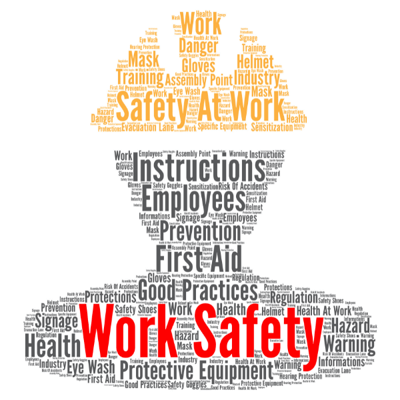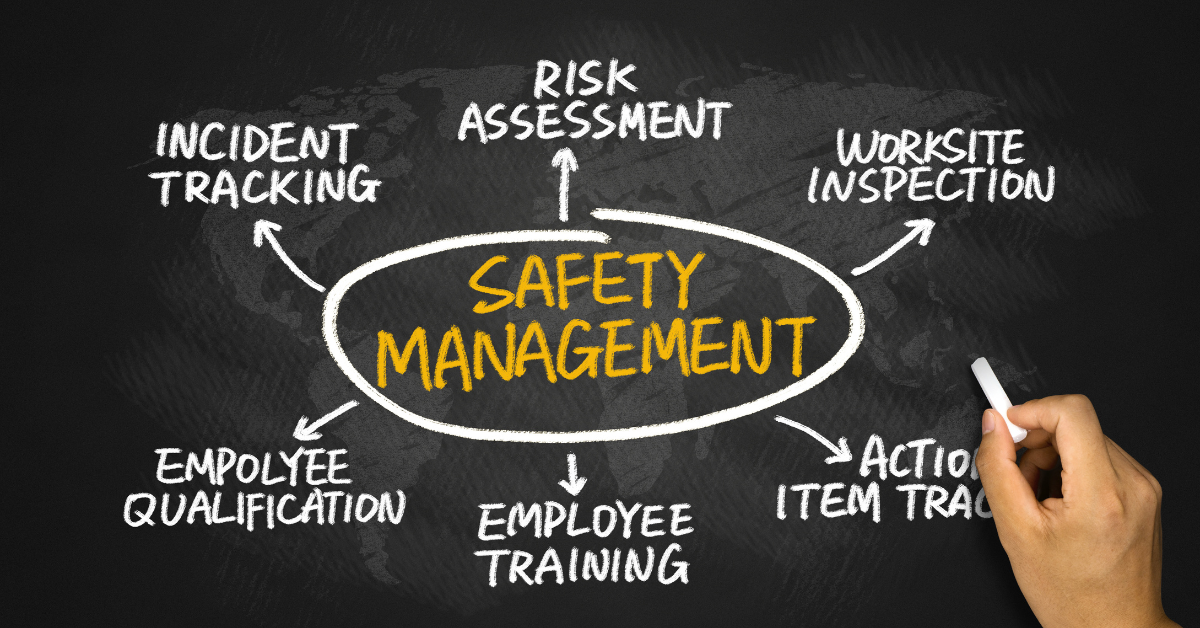When attempting to determine the overall safety of your workplace a safety audit—sometimes called a GAP Analysis—could be helpful in identifying key areas of concern. These audits are not specific to just OSHA compliance issues but go beyond that to look at the overall safety culture of an organization.
The Facts About Safety at the Workplace
In most organizations where there are very few accidents and injuries, it is really just based on good luck and not a comprehensive health and safety effort.
Over 95% of accidents that happen on the job are the result of workers' unsafe acts or unsafe work practices. These are workers that are not doing their jobs correctly due to a lack of training, supervision, familiarity with the task, or a combination of all of these. Very rarely is a workplace accident purely the result of an unsafe condition like an unguarded machine, a slippery floor, or unlabeled chemical.
Most companies treat safety as an “event” or they manage safety by exception, i.e., they get involved when someone gets hurt rather than taking a proactive approach to preventing these incidents from arising. Companies with few workplace injuries may view themselves as safe regardless of whether or not they have formal safety programs in place.
After visiting well over 5,000 organizations since 1978, it has been our experience that an organization with a “good” safety record also has high levels of quality and productivity. The behaviors in workers that are required for quality and productivity are the same behaviors that cause workers to work safely.
Shopworn catchphrases like “use the right tool for the job”, “do it right the first time”, and “a place for everything and everything in its place” are all apropos when it comes to the types of behaviors that promote a safe workplace.
But the reality is that “Rules, posters, and policies do not a safe workplace make.” Worker training, education, standard operating procedures that include safe work practices and hazard analysis, and employee involvement and management commitment to safety do.
History of Workplace Safety and OSHA Guidelines
In 1989, OSHA established a document for “Voluntary Guidelines for a Comprehensive Health and Safety Program” which we greatly agree with and adhere to.
The four basic tenets of their guidelines are:
- Management Commitment and Employee Involvement
- Worksite Analysis
- Hazard Prevention and Control
- Safety and Health Training
These four areas are where we focus our audit efforts. Typically, what we look for and what OSHA expects are the following:
- Company organization, direction, and accomplishments
- Existence and oversight of safety committees
- Written compliance documents, such as Control of Hazardous Energy (Lockout/Tagout), Hazard Communication, and Personal Protective Equipment
- (PPE) Hazard Assessment
The most important issues we look for are situations and conditions that can cause any of the four most prominent types of on-the-job injuries:
- Slips, trips, and falls
- Sprains and strains
- Caught by/Struck by injuries

Although OSHA compliance is important, most of their standards address unsafe conditions while the majority of accidents are the result of unsafe acts or work practices. We focus on evaluating work practices that MAY result in injuries and look to have you design OSHA-written programs around safe practices rather than write your programs to specifically address their standards which almost never work very well.
In 2015 OSHA published its “Safety and Health Program Management Guidelines” that “updated and replaced” the 1989 Voluntary Guidelines.
There was hope that OSHA would implement this as a new standard but that never happened.
The potential standard called “Injury and Illness Prevention Programs”, became euphemistically referred to as “I2P2” across a number of organizations and actually would have given better direction to the industry as to what components would facilitate a comprehensive health and safety program that would actually help reduce accidents and injuries on the job.
The proposed standard looked frighteningly like the “Volunteer Guidelines” from 1989 and called for the following basic components:

- Management Leadership
- Worker Participation
- Hazard Identification and Assessment
- Hazard Prevention and Control
- Education and Training
- Program Evaluation and Improvement
- Coordination and Communication on Multiemployer Worksites
These are the component parts we look for in your current safety program during our audits/GAP Analyses to identify those that exist, or don’t, within your health and safety program and what needs to happen to improve upon them or even to create them.
It is the development and implementation of these components that will help to create an effective health and safety program.
We refer to this as Fingers and Toes Safety, which means all workers go home at the end of the day “with all their fingers and toes”—meaning no accidents or injuries.
The Lawson Group Approach to Workplace Safety
We normally approach health and safety projects in two phases: The gap analysis helps us determine a starting point of where you are relative to your overall safety program AND OSHA compliance and that becomes the starting point from where we go.
That gap analysis is a fancy way of saying we need to find out where you are, before we can tell you where you need to go, how to get there, and, most importantly, what it is going to cost to do that.
The point is, we like to take an overview look at the status or baseline of your current Health and Safety Program and then discuss with you how to go about getting it to where you want it to be within a reasonable timeframe and budget that meet with your approval and that conversation can’t happen effectively without that baseline.
We have seen this literally hundreds of times in small companies and we do our best to help companies develop a compliant program that is easy to use and reasonably priced at the same time. Consult with the professionally trained workplace safety consulting experts at Lawson Group to decide what your best options for organizing programs in your company are.







